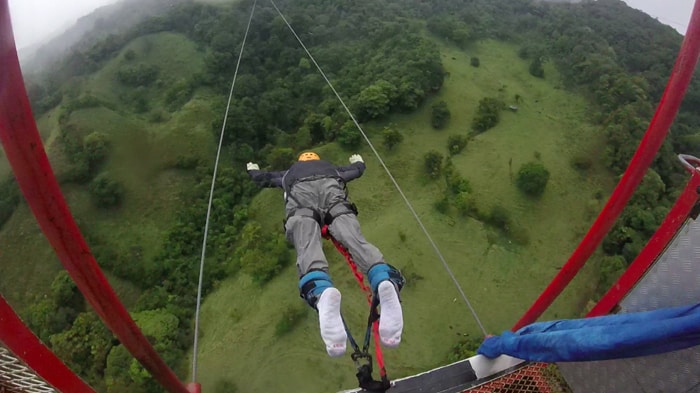The Costa Rican tourism sector, a key driver of our nation’s economy, is grappling with competitiveness issues even as it sees a slight uptick in visitor numbers. According to the Costa Rican Tourism Institute (ICT), air arrivals in 2025 are projected to range between 2,663,245 and 2,869,809, aligning with planning for international visitors. In April, the country welcomed 231,678 international tourists, a 4.6% increase from the 221,573 recorded in April 2024, breaking a seven-month decline from September 2024 to March of this year.
Tourism Minister William Rodríguez projects a modest growth of 2% to 4% in arrivals for the rest of 2025, a step down from last year’s highs but in line with global trends. However, this slight recovery masks deeper concerns raised by industry leaders. Daniel Campos, president of the Costa Rican Chamber of Hotels, pointed to the appreciating Costa Rican colón, now around ₡500 to the U.S. dollar compared to ₡700 in mid-2022, as a major hurdle. This shift has raised costs for visitors by 15–20%, making Costa Rica pricier than regional competitors like Panama or the Dominican Republic.
The exchange rate isn’t the only issue. Rising input costs, a new Value Added Tax (VAT) on tourism services, and poor infrastructure are eroding Costa Rica’s edge. “Good roads are needed for tourists to travel from a volcano to a beach or from San José to the airport,” said Shirley Calvo, executive director of the National Chamber of Tourism (CANATUR).
She noted that subpar road conditions diminish the value tourists feel they’re getting. Airport infrastructure also lags, with a 19% drop in airline seats at Daniel Oduber Quirós International Airport in Liberia and an 8% reduction at Juan Santamaría International Airport in San José.
Public safety concerns further complicate the picture. Costa Rica recorded 880 homicides in 2024 and 225 in early 2025, prompting U.S. and Canadian travel advisories. Over 6,300 tourists reported crimes like theft and assaults since 2020. A high-profile robbery near Tamarindo in April, widely shared online, damaged the country’s reputation as a safe destination. CANATUR reports that 62% of U.S. tourists cited safety as a reason for choosing alternatives like Belize or Mexico.
The private sector is pushing for action. Hoteliers and tourism entrepreneurs call for structural reforms, including stabilizing the exchange rate and modernizing infrastructure. They also advocate for a new tourism law to regulate non-traditional accommodations like Airbnb and boost investment in roads, airports, and ports.
High-impact events, such as international festivals or sports tournaments, could draw more visitors, but greater government support is needed to make them happen. The Chamber of Tourism and Sustainable Commerce of Garabito emphasized the need for a comprehensive plan, stating, “Costa Rica has huge potential, but we must rethink strategies to regain leadership in regional tourism.”
The ICT has taken steps to counter the downturn. Its “Only the Essentials” campaign, launched this year to promote Costa Rica in the U.S. and Canada, aims to highlight the country’s natural beauty and cultural appeal. New initiatives, like Tourist Police offices in Cahuita and Santa Teresa and a new dock in La Pavona, are set to improve safety and access to key destinations. However, industry leaders argue these measures fall short without broader policy changes.
The stakes are high. Tourism accounts for 8.2% of Costa Rica’s GDP and 8.8% of jobs, generating $5.434 billion in 2024. Coastal communities like Quepos and Nosara have already seen a 20% drop in tourism-related employment since September 2024. As the low season continues, businesses face the risk of closures if trends don’t improve.
Despite these challenges, there’s hope. European airlines, like KLM, are increasing flights to Costa Rica for the 2025–2026 high season, signaling confidence in the market. South American arrivals are also rising, helping offset declines from North America and Europe. For now, stakeholders are urging travelers to support local businesses through sustainable options like eco-lodges and guided tours to keep communities thriving.






